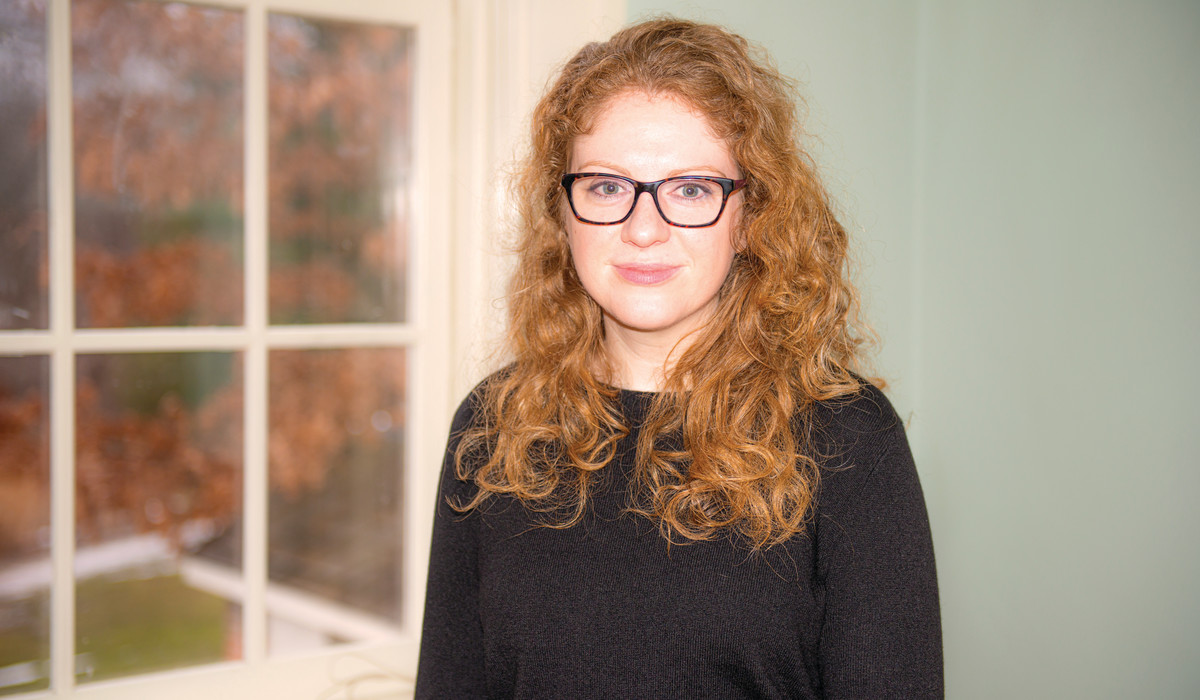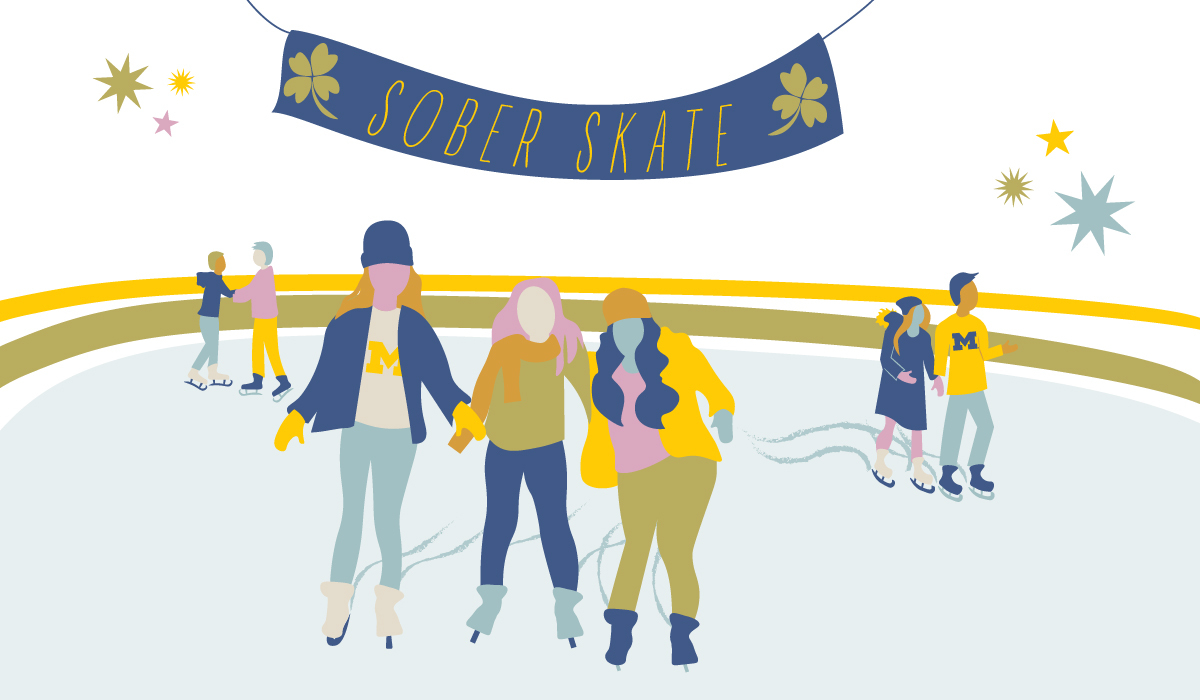Lara O’Brien, a second-year master’s student at U-M’s School for Environment and Sustainability (SEAS), wants everyone to think twice before releasing a balloon at a wedding, memorial service, or birthday party.
After writing a class paper on how balloon litter affects the environment and wildlife, O’Brien took her research a step further in June 2019 and started balloondebris.weebly.com, an online survey that allows anyone with a smartphone to submit information and photographs about balloon debris, including the date, location, and photo. To date, she has received more than 450 surveys detailing more than 1,500 locations with balloon debris. Publicity surrounding her research has led to state legislators in the region beginning to draft bills to ban intentional balloon releases.
Michigan Alumnus gleaned the following in a conversation with O’Brien.
 > WHILE THEY MIGHT SEEM harmless, balloons can travel hundreds or even thousands of miles, explains O’Brien. When they land, they not only pollute natural areas, they also pose a significant threat to wildlife, livestock, and pets, which can be injured or killed when they ingest the balloon debris or become entangled in the ribbons or strings. A recent study also found balloons to be the deadliest form of marine debris for seabirds. They are 32 times more likely to kill than hard plastics when ingested.
> WHILE THEY MIGHT SEEM harmless, balloons can travel hundreds or even thousands of miles, explains O’Brien. When they land, they not only pollute natural areas, they also pose a significant threat to wildlife, livestock, and pets, which can be injured or killed when they ingest the balloon debris or become entangled in the ribbons or strings. A recent study also found balloons to be the deadliest form of marine debris for seabirds. They are 32 times more likely to kill than hard plastics when ingested.
> O’BRIEN NEVER EXPECTED her balloon survey to reach so far. A map on her website shows the exact location of reported balloon litter, including debris from as far away as the United Kingdom. “Now that I am doing this study, I see balloon debris everywhere,” says O’Brien. “While hiking in the woods, on sidewalks, in parking lots, even across the street from my sister’s apartment in Chicago, where 10 balloons were stuck in a tree after a graduation ceremony at a nearby elementary school.”
> HER INTEREST IN THE ENVIRONMENT stems from her childhood in Kansas City, Missouri, where she grew up learning the importance of taking care of both animals and nature. In her 20s, after graduating from the University of Missouri, she taught English in South Korea, backpacked and worked odd seasonal jobs in New Zealand, and volunteered on two organic farms in Australia. “I was exposed to so many different places and cultures. I think that led to my interest in how people relate to and interact with their environment.”
> UPON HER RETURN, SHE EARNED A MASTER’S DEGREE in geography at the University of Kansas, where she wrote her thesis on the societal impacts of climate change and sea level rise on the Republic of Kiribati, a small island nation in the Pacific. O’Brien then spent time at a local wildlife center in Kansas. Witnessing how habitat loss, climate change, and plastic pollution were affecting native wildlife, she decided to return to school to learn more about the science and data behind climate change as well as the latest Geographical Information Systems remote sensing technologies. “SEAS was the perfect fit for me,” she says, “as it would provide me the interdisciplinary skills and the knowledge to study and communicate about environmental issues related to climate change and sustainability.”
> WHEN SHE WROTE her paper on balloon litter, O’Brien hoped that U-M, which does not permit balloon releases on campus, would officially ban them and serve as an example to other institutions and the state. While she still has hope that may happen, Planet Blue, U-M’s environmental organization, published the paper on its website. In it, she explains that even natural latex balloons, which some claim are biodegradable, can still take years to break down as they have artificial dyes and plasticizers.
> AFTER SHE GRADUATES in May, O’Brien would like to stay in the Great Lakes region and focus on issues related to natural resource management, climate resilience, plastic pollution, and community engagement. She plans to continue to share and expand the balloon study in the hope that it will help bring more awareness to the issue and changes in behavior and policy.





